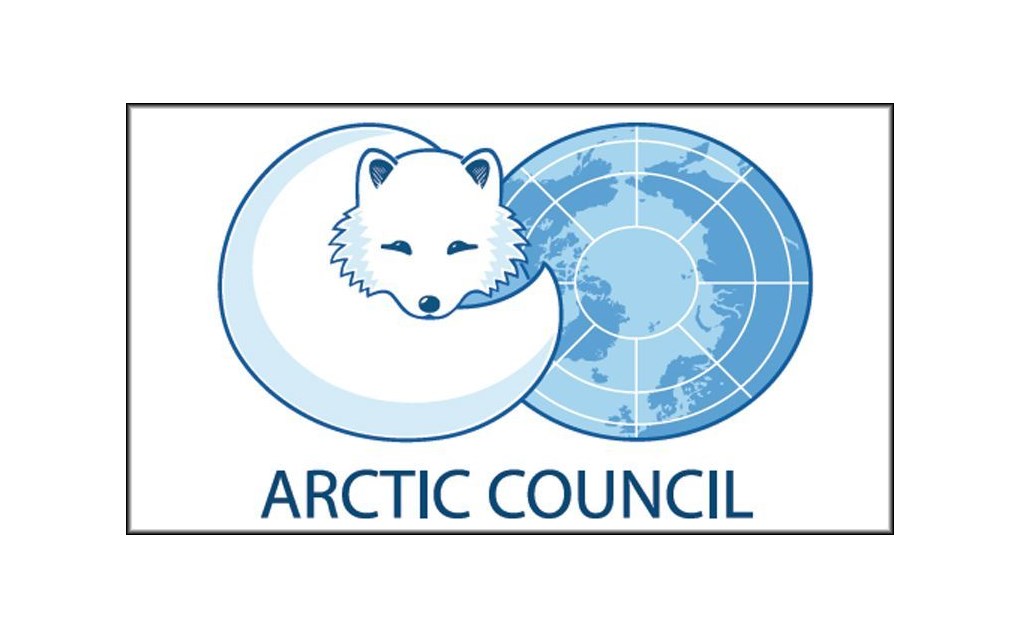The Foreign Ministry of Russia is inviting international nuclear experts from other nations that border the Arctic Ocean to attend a conference in June of 2022 to discuss how best to recover the sunken radioactive and hazardous objects that were dumped by the Soviet Union on the floor of the Kara and Barents Seas east of Novaya Zemlya. There is no other place in the world’s oceans with more radioactivity and nuclear waste than the Kara Sea. With respect to radioactive waste and abandoned equipment during the existence of the Soviet Union, the prevailing attitude seemed to be “out of sight, out of mind. The Kara Sea had no commercial activities and was covered in ice most of the year so it seemed a great place to dump contaminated materials. However, with retreating sea ice, exploration for oil and gas and increasing shipping, the Kara Sea is no longer a good waste dump.
The reactors from decommissioned nuclear submarines that were dumped in shallow bays east of the closed-off military archipelago of Novaya Zemlya were brought north because they had experienced accidents and they posed a serious radiation threat to workers at the southern navy yards. Dumping the reactors in shallow water made sense because they could be recovered someday after the necessary technology were developed.
Nuclear safety expert Andrey Zolotkov works with Bellona Murmansk, an advocacy group promoting international cooperation to secure hazardous radioactive objects in Russia’s Arctic region. He is pleased that Moscow is now promoting steps to recover the sunken reactors in the Kara Sea. Zolotkov said “There is momentum now. For environmental and foreign policy reasons, Russia needs to take action now. Ecology is one of the few topics where Russia and foreign partners can conduct constructive dialogue nowadays.” He emphasizes that “the issue of urgency can only be discussed after at least one expedition to the flooded objects.” A worst-case scenario would be if an attempt to lift one of the reactors failed resulting in criticality in the uranium fuel. This could trigger an explosion which would contaminate Arctic waters.
Russia currently holds the chair of the international Arctic Counsel. Zolotkov hopes that Russian plans for the Kara Sea moves forward within the next two years. A Russian-Norwegian expedition to the K-27 submarine sunk in Stepovogo Bay in 2012 recovered samples to investigate the possible of radioactive leaks from the submarine. Now, Zolotkov calls for an expedition to more thoroughly study the strength of the K-27 hull and to look for technical options on how best to lift the submarine and the reactor compartments. He said, “Decades on the seafloor do not pass without impacts.”
A previous study report on the situation in the Kara Sea was commissioned for Rosatom and the European Commission. The report estimated the cost of lifting all six of the targeted reactors, bringing them safely to a yard for decommissioning, and securing the reactors for long-term storage. The estimated cost was about three hundred and forty million dollars. While the reactors in the Kara Sea are in about one hundred and sixty feet of water, a K-159 submarine was sunk in water six hundred and sixty feet deep in the Barents Sea which is adjacent to the Kara Sea. The cost to raise the K-159 from deeper water was estimated to be about seventy million dollars.
In addition to these submarines and reactors, about seventeen thousand objects were dumped in the Kara Sea from the late 1950s to the early 1990s. Most of those objects contained solid radioactive waste from the Soviet naval yards on the Kola Peninsula and in Severodvinsk. Some radioactive waste came from the repair and maintenance of the fleet of civilian nuclear-powered icebreakers in Murmansk.
Most of the objects are metal containers with low-and medium-level radioactive waste. The biggest challenge today involves the reactors with high-level waste and spent nuclear fuel. These objects pose a serious threat to the marine environment for tens of thousands of years unless they are removed and properly disposed of.
According to the Institute for Safe Development of Nuclear Energy at Russia’s Academy of Science, urgent measures should be immediately taken to secure the six objects that contain more that ninety percent of all the radioactive materials in the Kara and Barents Seas.
